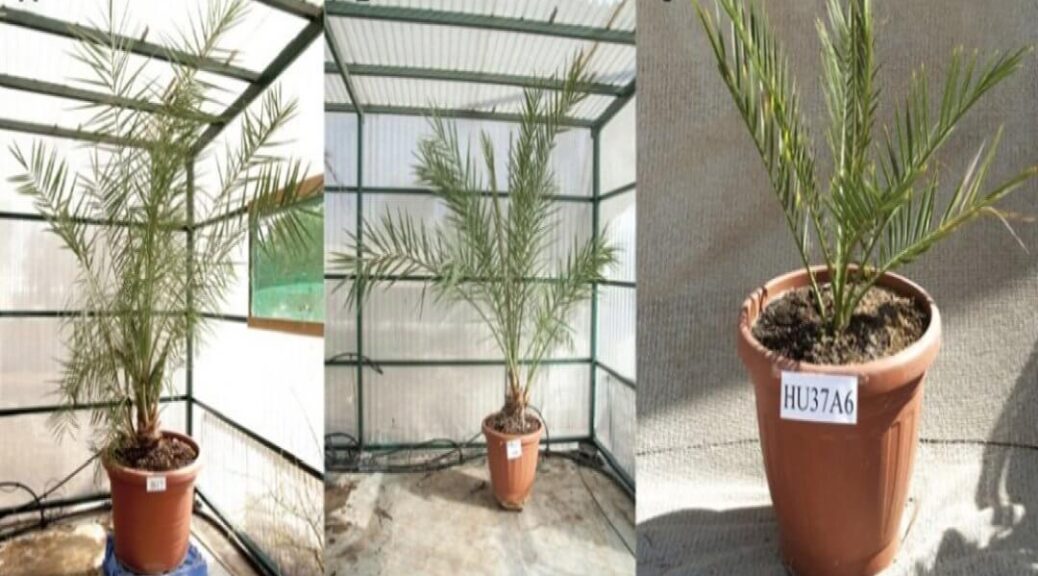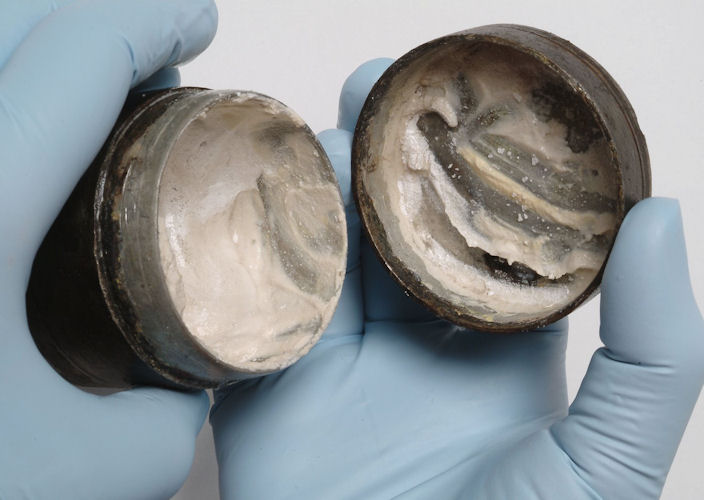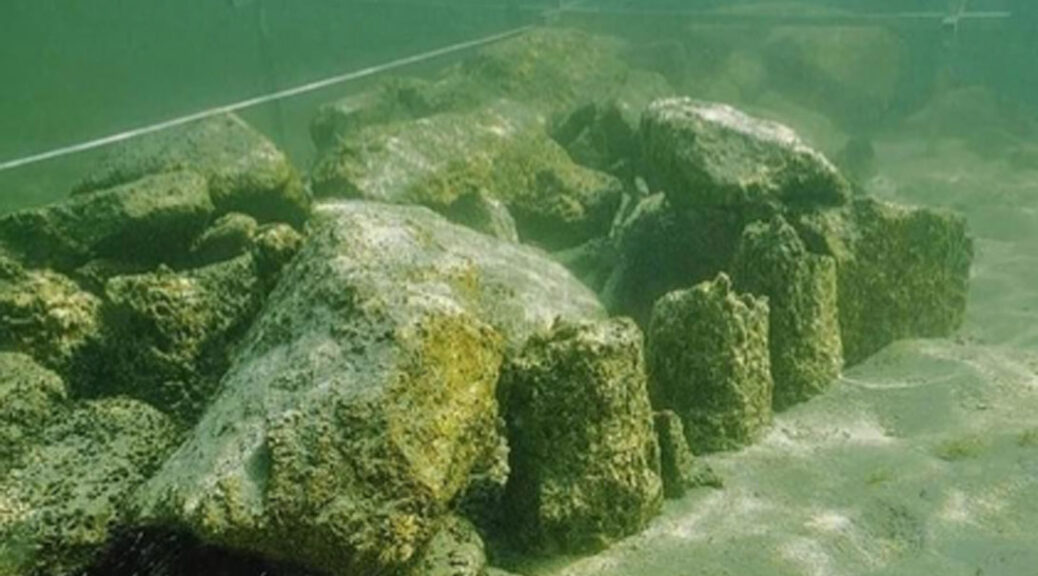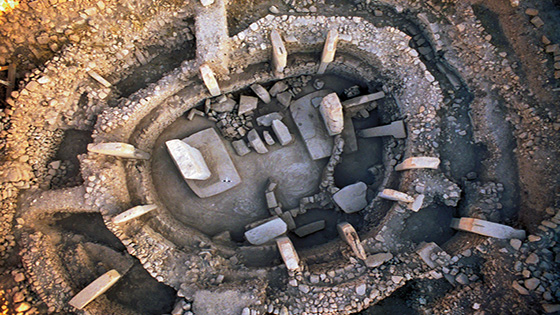A Long-Lost Legendary Roman Fruit Tree Germinated From 2,000-Year-Old Seeds
Plants have been produced from date palm seeds that have been buried for 2,000 years in old ruins and caves. This extraordinary achievement demonstrates the kernels’ long-term vitality after being nestled in succulent Judean dates, a fruit variety that has been lost for millennia. The findings suggest that it might be a good option for examining the lifetime of plant seeds.
From those date palm saplings, the researchers have begun to unlock the secrets of the highly sophisticated cultivation practices that produced the dates praised by Herodotus, Galen, and Pliny the Elder.
“The current study sheds light on the origins of the Judean date palm, suggesting that its cultivation, benefiting from genetically distinct eastern and western populations, arose from local or introduced eastern varieties, which only later were crossed with western varieties,” the researchers wrote in their paper.
“These findings are consistent with Judea’s location between east-west date palm diversification areas, ancient centres of date palm cultivation, and the impact of human dispersal routes at this crossroads of continents.”
In an ancient palace-fortress built by King Herod the Great, and caves located in southern Israel between the Judean Hills and the Dead Sea, archaeologists retrieved hundreds of seeds from the date palm (Phoenix dactylifera).
Then, a team of scientists, led by Sarah Sallon of Hadassah Medical Organisation in Israel, sorted through this bounty. They selected 34 seeds they thought were the most viable. One was separated out as a control; the remaining 33 were carefully soaked in water and fertiliser to encourage germination. After this process, one more was found to be damaged, and was subsequently discarded; the remaining 32 seeds were planted.

Of these, six of the seeds successfully sprouted. They were given the names Jonah, Uriel, Boaz, Judith, Hannah and Adam. (A previous attempt by Sallon and colleagues published in 2008 produced a single sapling; it was named Methuselah.)
Seedlings in hand, the scientists could now run tests and analyses they couldn’t perform on seeds alone. First, they collected fragments of the seed shells still clinging to the roots of the plants. These were perfect for radiocarbon dating – which confirmed the seeds date back to between 1,800 and 2,400 years ago.
Then, the researchers could conduct genetic analyses of the plants themselves, comparing them to a genetic database of current data palms. This showed exchanges of genetic material from eastern date palms from the Middle East and western date palms from North Africa. This suggests sophisticated agricultural practices – deliberate breeding to introduce desirable traits into the cultivated trees.
“Described by classical writers including Theophrastus, Herodotus, Galen, Strabo, Pliny the Elder, and Josephus, these valuable plantations produced dates attributed with various qualities including large size, nutritional and medicinal benefits, sweetness, and a long storage life, enabling them to be exported throughout the Roman Empire,” the researchers wrote.
“Several types of Judean dates are also described in antiquity including the exceptionally large ‘Nicolai’ variety measuring up to 11 centimetres (4.3 inches).”
Indeed, the researchers found that the ancient seeds were up to 30 per cent larger than date seeds today, which probably meant the fruit was larger, too.
And, of course, there’s the seemingly miraculous germination after so many centuries. As anyone who buys seeds for their garden knows, seeds deteriorate; the longer you have a packet of seeds sitting in storage, the fewer will germinate when you finally plant them.
If scientists can discover how the date seeds retained their viability for so long, that could have important implications for agriculture.
The once-rich date groves gradually declined after the fall of the Roman Empire. Judean dates could still have been cultivated in the 11th century CE, the researchers said, but certainly, by the 19th century, the groves were completely gone.
Now, those famous dates may make a comeback – at least for scientific purposes.
See Also: ARCHAEOLOGY NEWS
“As new information on specific gene-associated traits (e.g., fruit colour and texture) is found, we hope to reconstruct the phenotypes of this historic date palm, identify genomic regions associated with selection pressures over recent evolutionary history, and study the properties of dates produced by using ancient male seedlings to pollinate ancient females,” the researchers wrote.
“In doing so, we will more fully understand the genetics and physiology of the ancient Judean date palm once cultivated in this region.”
























